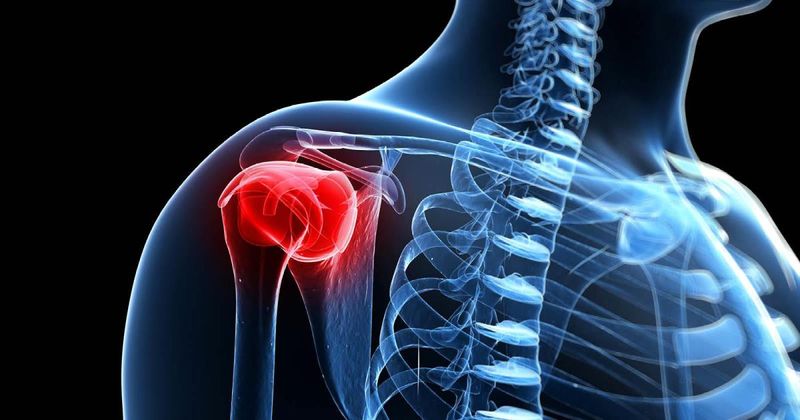PRP injection for rotation cuff disease may be alternative to corticosteroid injection
Published results showed platelet-rich plasma injection for rotator cuff disease may not have worse pain relief and function recovery compared with corticosteroid injection and may reduce rates of subsequent injection or surgery.
“PRP injection can be a viable alternative to [corticosteroid] injection for conservative treatment of rotator cuff disease,” the authors wrote.

Two authors searched PubMed, Embase, the Cochrane Library and Web of Science from Jan. 1, 1990, to March 20, 2022, for English-language, randomized controlled trials that compared PRP and corticosteroid injections for patients with rotator cuff disease. Two evaluators independently screened the literature, extracted data and assessed the level of evidence and methodologic quality of the enrolled studies, according to researchers.
Overall, researchers included 13 nonsurgical, randomized controlled trials with 725 patients in the analysis. Results showed patients who received PRP injections had statistically worse short-term changes in American Shoulder and Elbow Surgeons assessment scores, simple shoulder test scores (SST) and DASH questionnaire scores compared with those who received corticosteroid injections. However, researchers found PRP provided better medium-term changes in DASH scores and long-term changes in Constant-Murley scores, ASES scores and SST scores. The two groups had no statistically significant differences in pain reduction, according to results. Although PRP injections had worse short-term changes in forward flexion and internal rotation, researchers noted patients who had PRP injections had better medium-term changes in forward flexion and external rotation. Researchers found patients who had PRP injections had significantly lower rates of post-injection failure, defined as requests for subsequent injections or surgical intervention prior to 12 months, compared with those who had corticosteroid injections. Results showed no outcome reached the minimal clinically important difference.
Researchers noted the PRP group had better medium-term changes in ASES scores and VAS scores, as well as long-term changes in VAS scores that reached the minimal clinically important difference after sensitivity analyses that excluded studies with substantial clinical and/or methodologic heterogeneity.
“To produce more reliable estimates on account of more clinically and methodologically consistent studies, future researchers should give detailed descriptions of the components of PRP injections (concentrations of platelets, leukocytes and growth factors) and [corticosteroid] injections (type, concentration and combined local anesthetics), as well as important clinical characteristics, such as the age and activity level of the patients, cause and chronicity extent of rotator cuff disease, and method and site of injection,” the authors wrote.
